|
|
ADDRESS DURING THE PRESENTATION OF THE BAL SHREE AWARDS, RASHTRAPATI BHAVAN, NEW DELHI
01-06-2007 : Rashtrapati Bhavan, New Delhi
I will win
"Science is a life time mission"
I am indeed delighted to participate in the National Bal Shree Awards for the year 2006 organized by National Bal Bhavan. I congratulate all the children who are getting the awards in creative arts, creative writing, creative performance and creative innovation in science. I greet the organizers, artists, poets, creative writers, art lovers and the distinguished guests. I am happy to note that this National Bal Shree Honour scheme, selects the best children from different parts of the country through a three-tier selection process including a psychological test for assessing the creative ability of the child. This selection, I am sure, will definitely enable the early recognition and nurturing of our children in multi-dimensional creative activities which is vital for promoting the growth of the youth and thereby the nation. Let us discuss the topic "I will win".
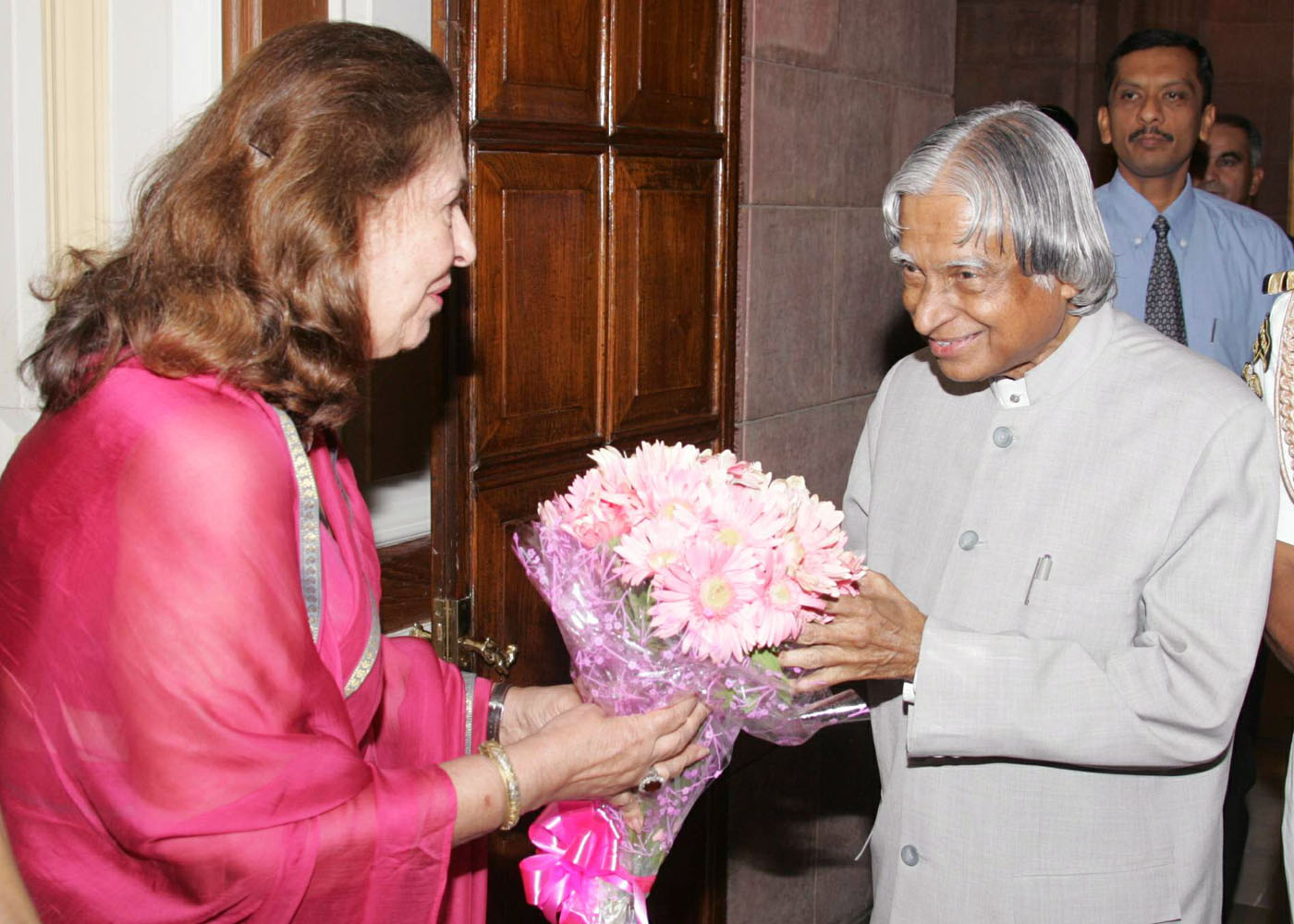

Our National Mission - Challenges
Our nation is going through a major challenge of uplifting of 220 million people who are below the poverty line out of our one billion people. They need habitat, they need food, they need health care, and they need education and employment finally resulting in a good life. Our GDP is growing at more than 9% per annum. Whereas, the economists suggest that to uplift the people below poverty line, our economy has to grow at the rate of 10% per annum consistently, for over a decade. Introducing National Prosperity Index is vital for measuring the integrated national prosperity. I have discussed this in detail in one of lectures. To meet the needs of one billion people whose number will further increase, we have a mission of transforming India into a developed nation before 2020. We have identified five areas where India has core competencies for integrated action: (1) Agriculture and food processing (2) Reliable and Quality Electric power, Surface transport and Infrastructure for all parts of the country including 7000 PURA(Providing Urban Amenities in Rural Areas). (3) Education and Healthcare (4) Information and Communication Technology (5) Strategic sectors. These five areas are closely inter-related and when effectively addressed, would lead to food, economic, energy and national security. Now let us visualize how India will get transformed into a developed nation before 2020.
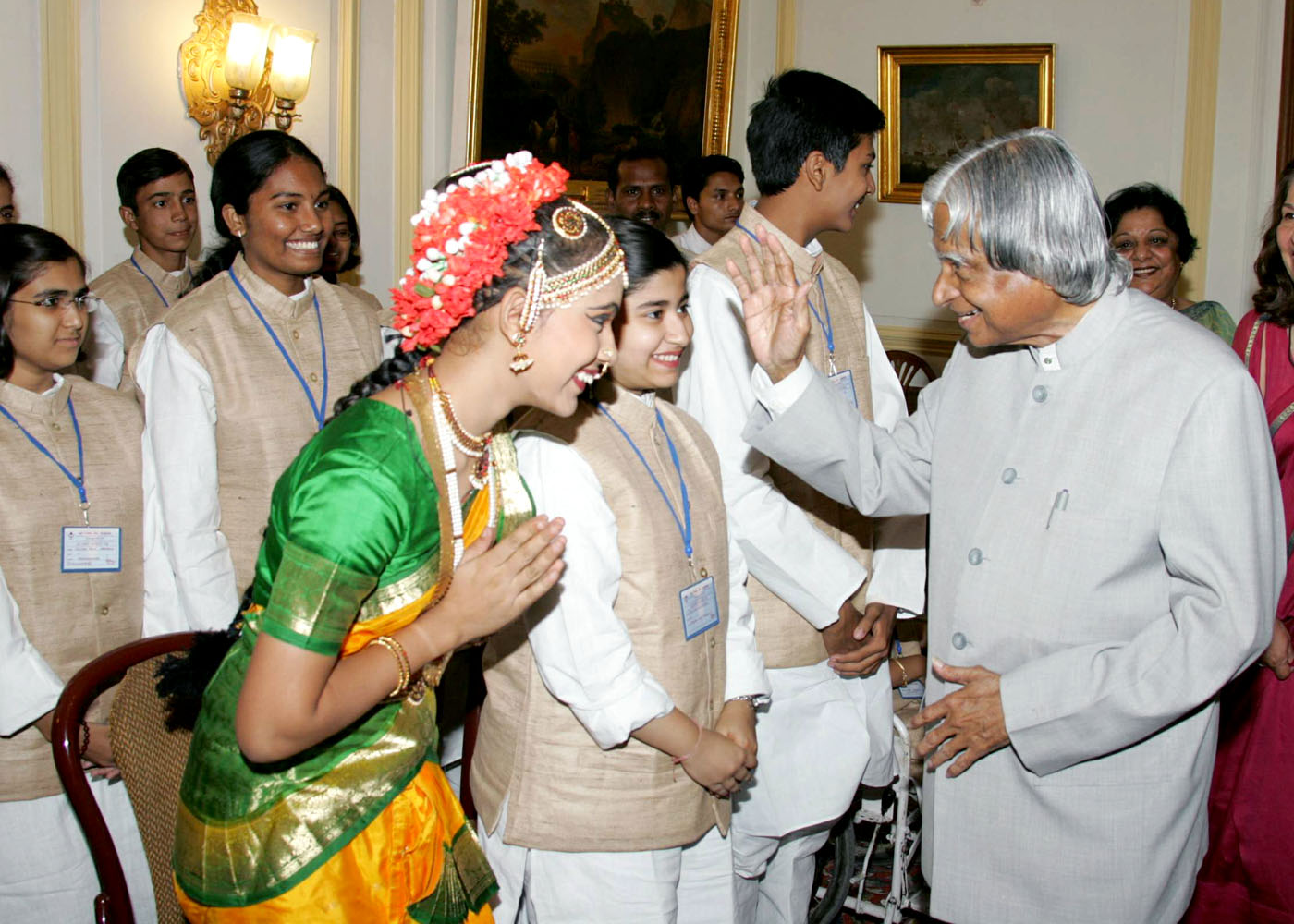

Ambience in 2020
Now, I would like to present the distinctive profile of India by the year 2020 when all of you, would have grown up and settled in your professional career. India will be :
1. A Nation where the rural and urban divide has reduced to a thin line.
2. A Nation where there is an equitable distribution and adequate access to energy and quality water.
3. A Nation where agriculture, industry and service sector work together in symphony.
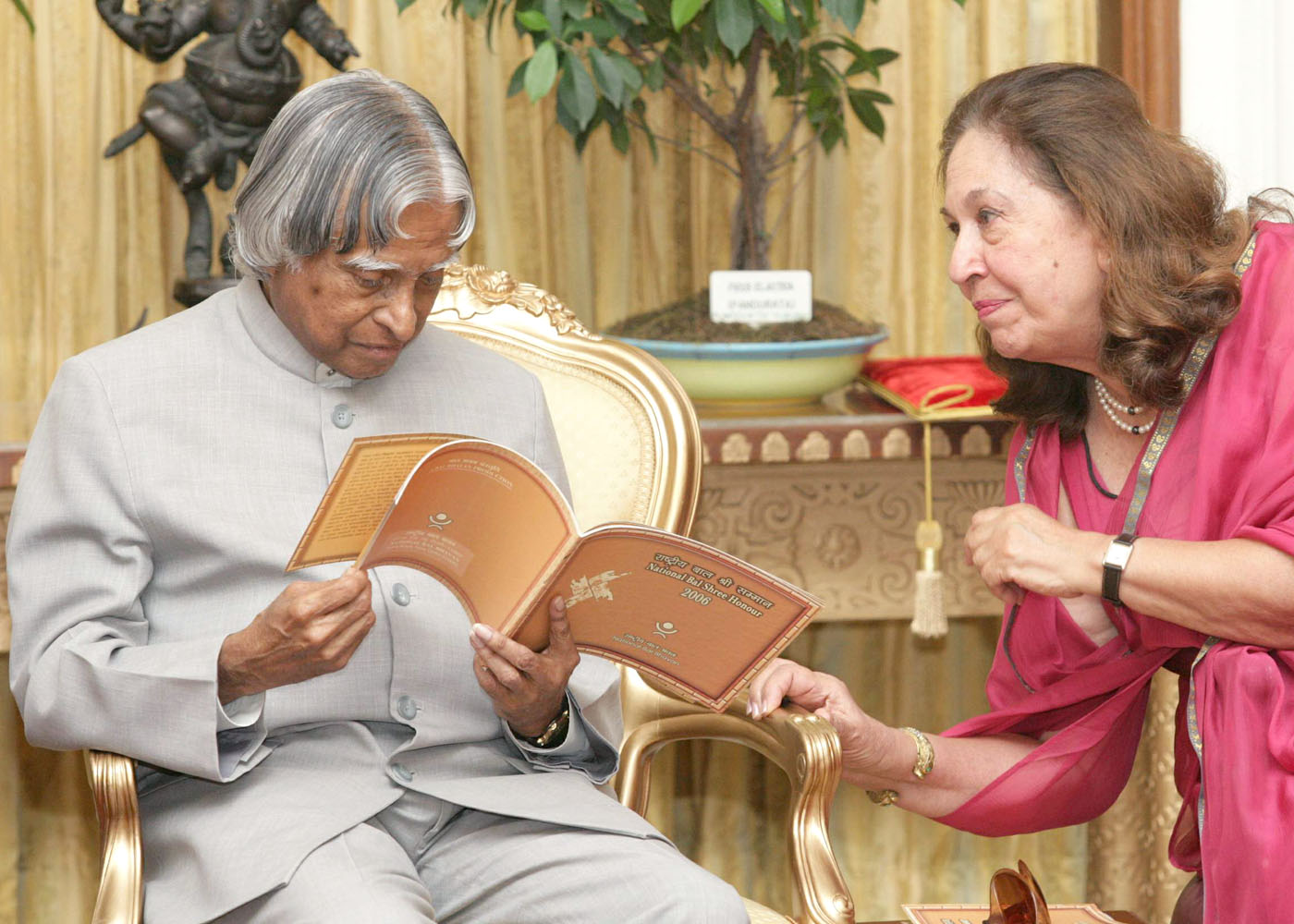
4. A Nation where education with value system is not denied to any meritorious candidates because of societal or economic discrimination.
5. A Nation which is the best destination for the most talented scholars, scientists, and investors.
6. A Nation where the best of health care is available to all.
7. A Nation where the governance is responsive, transparent and corruption free.
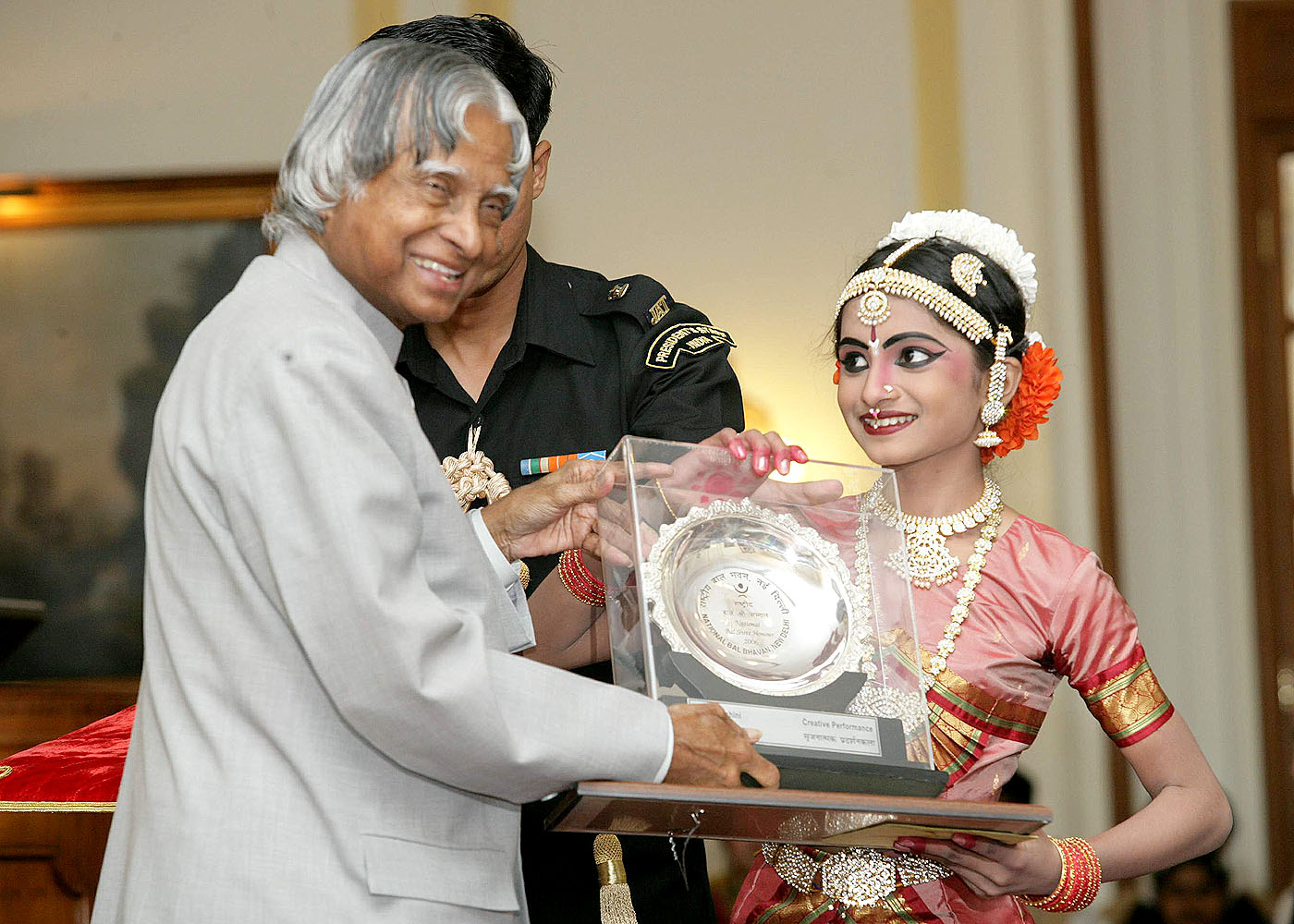
8. A Nation where poverty has been totally eradicated, illiteracy removed and crimes against women and children are absent and none in the society feels alienated.
9. A Nation that is prosperous, healthy, secure, peaceful and happy and continues with a sustainable growth path.
10. A Nation that is one of the best places to live in and is proud of its leadership.

You will also be contributing to the integrated national prosperity. Now, I would like to share with you certain important scientific and technological events which have taken place recently.
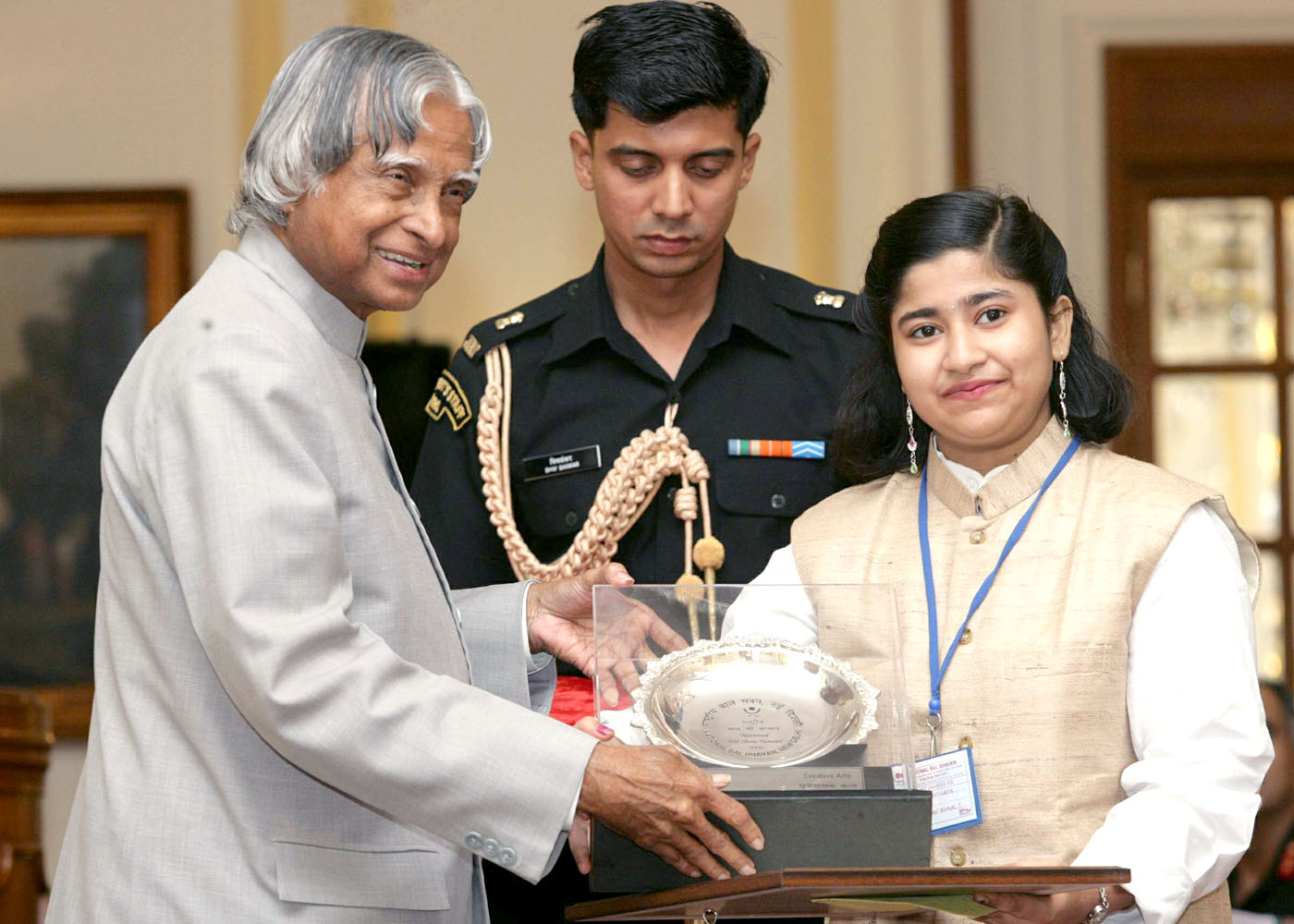

PSLV-C7 Mission orbiting four satellites, including Space capsule Recovery Experiment (SRE)
On January 10, 2007, the country witnessed in real time, the flight of PSLV-C7 from Satish Dhawan Space Centre (SDSC) SHAR, Sriharikota, successfully orbiting four satellites --India?s CARTOSAT-2 and Space Capsule Recovery Experiment (SRE-1), Indonesia?s LAPAN-TUBSAT and Argentina?s PEHUENSAT-1 into a 635 km polar orbit.
On January 22, 2007, the re-orientation of SRE-1 capsule for de-boost operations commenced at 08:42 am (IST). The capsule made its re-entry at 09:37 am at an altitude of 100 km with a velocity of 8 km/sec (29,000 km per hour). During its reentry, the capsule was protected from the intense heat by carbon phenolic ablative material and silica tiles on its outer surface. SRE-1 splashed down in the Bay of Bengal with a velocity of 12 m/sec (about 43 km per hour) at 09:46 am. The flotation system, which immediately got triggered, kept the capsule floating. Recovery operations were supported and carried out by the Indian Coast Guard and Indian Navy using ships, aircraft and helicopters. During its stay in orbit for 12 days, two experiments on board SRE-1 were conducted under micro gravity conditions.
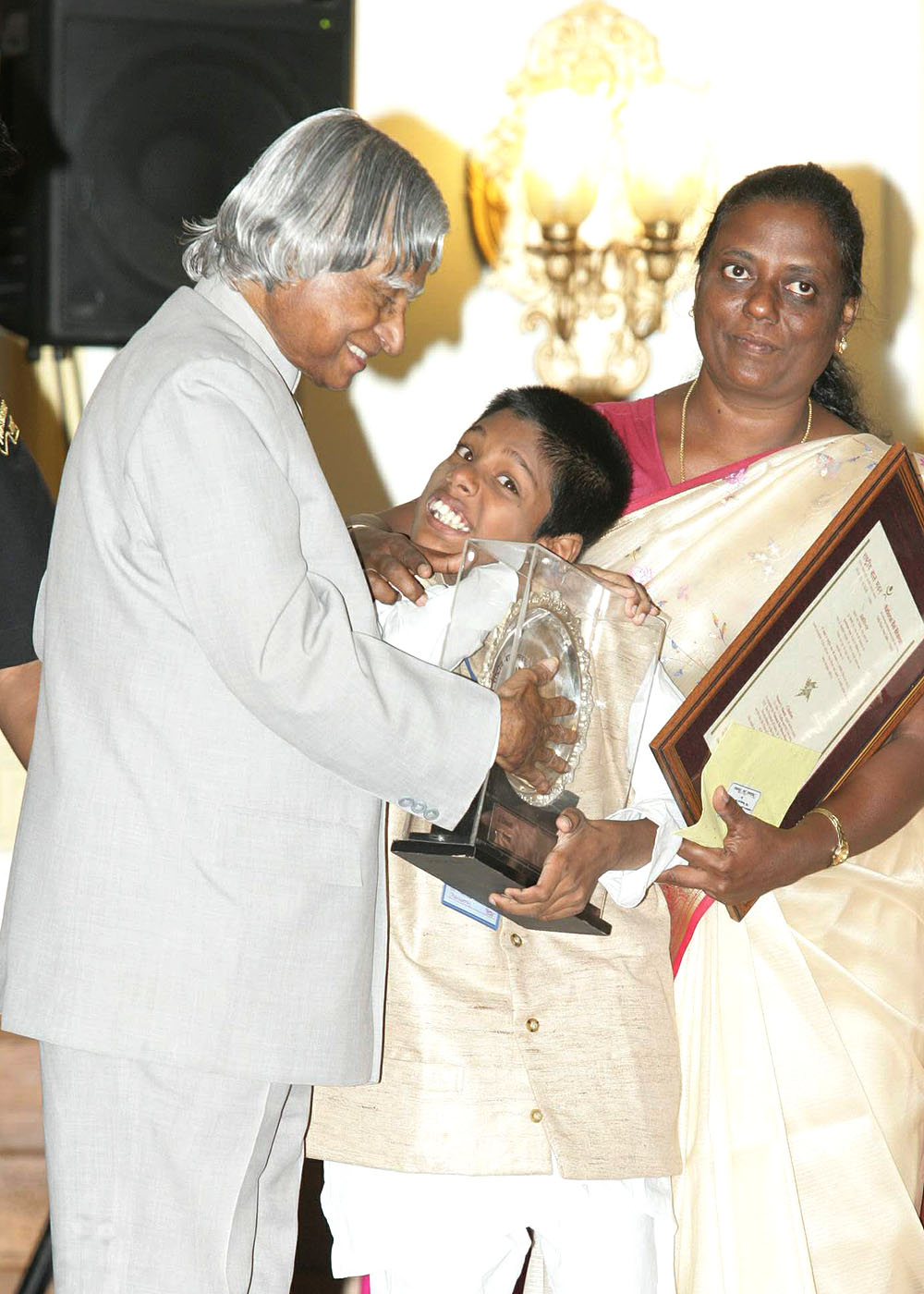
The successful launch, in-orbit operation of the on board experiments and reentry and recovery of SRE-1 have demonstrated India?s capability in important technologies like aero-thermo structures, deceleration and flotation systems, navigation, guidance and control. This technological development is an important step towards Lunar mission with Astronaut.
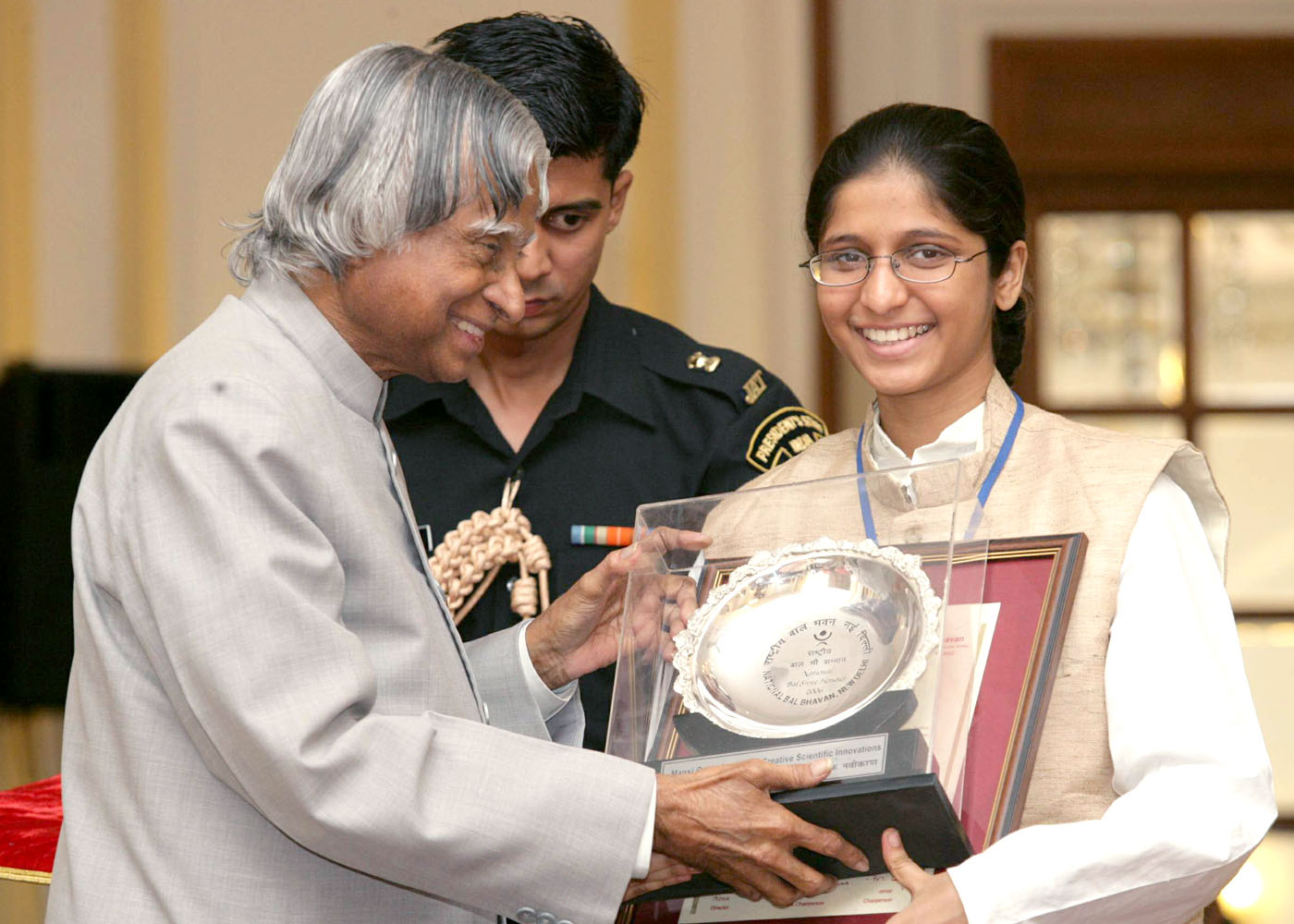

PSLV C8 Commercial launch for international customer
On 23rd April 2007, at 15.30 hrs IST, the Indian PSLV-C8 lifted off majestically from SDSC, SHAR and in about twenty minutes, placed the 352 Kg Italian Satellite AGILE into a circular orbit of 550 km with an inclination of 2.47 degrees with a precise orbital accuracy of 1 km in altitude and 0.03 degrees in inclination. AGILE is an X-ray and Gamma ray astronomical satellite of the Italian Space Agency (ASI), Rome. This scientific satellite is an excitement not only for Italian and European scientists but also to the Indian and the entire space scientific community. PSLV-C8 is the first major commercial launch for a primary satellite.
What is the message? Starting with the design and development in the late eighties, with its first successful flight in 1994, PSLV through ten consecutive successful flights has orbited eight Indian remote sensing satellites, an amateur radio satellite, HAMSAT, a recoverable space capsule, SRE-1, and six small satellites for foreign customers in addition to AGILE. Besides, it has launched India?s exclusive meteorological satellite, Kalpana-1, into Geosynchronous Transfer Orbit (GTO). PSLV will also be used to launch India?s first spacecraft mission to moon, Chandrayaan-1, during 2008. Such a development in indigenous high technology from concept to meeting the stringent performance and time specifications of commercial customer was possible due to a mission mode partnership of ISRO?s centres of excellence, with industries and academic institutions. Now, I would like to discuss some of the educational programmes launched by Confederation of Indian Industry and the Ministry of Human Resource Development. I am sure children and teachers may like to use these educational programmes for supplementing their classroom teaching and learning.
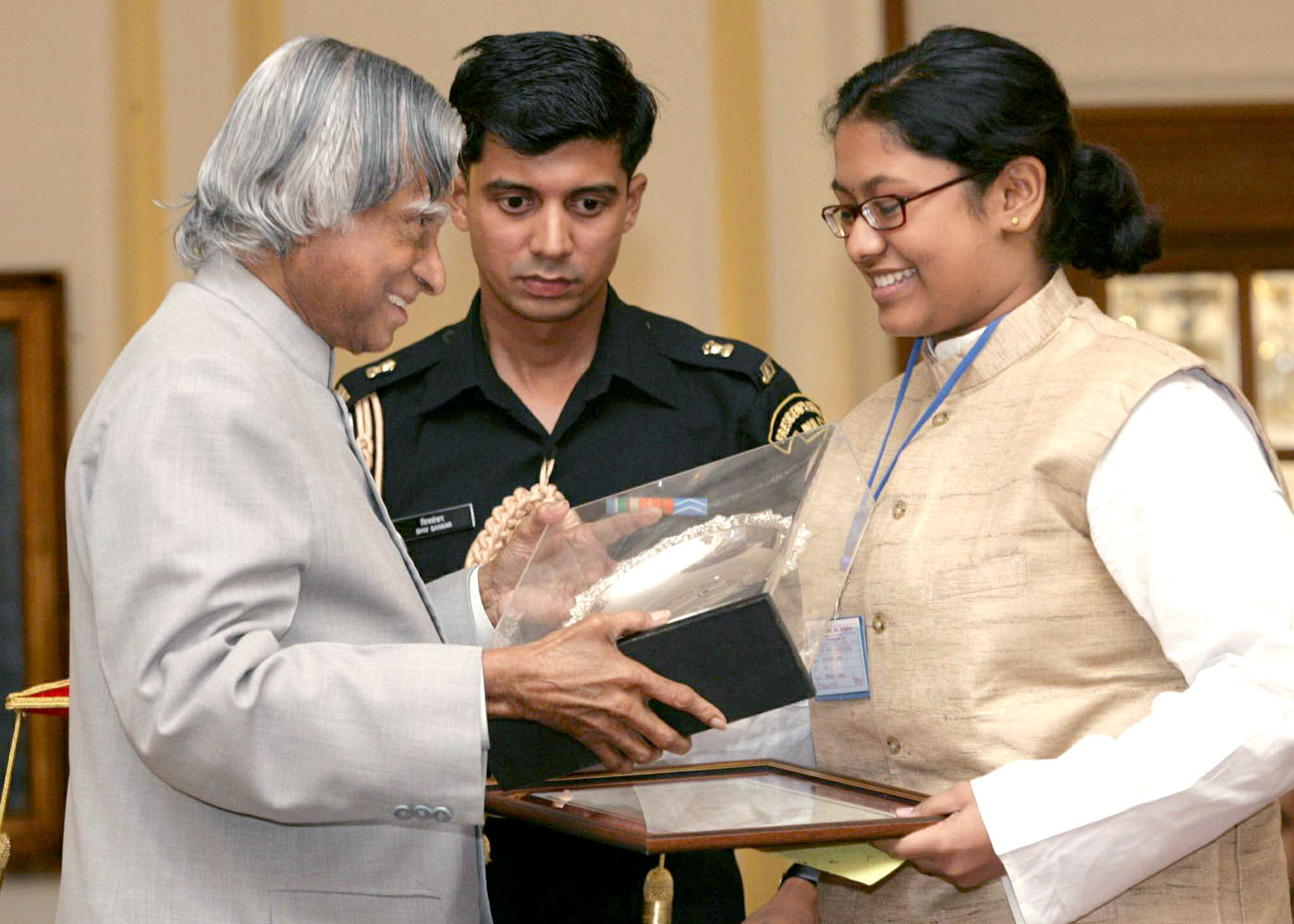

Shiksha profile
The core competence of Shiksha India portal (described in the website www.shikshaindia.org is providing a platform for content development and delivery by the teachers, experts and the students. The content may cover physics, chemistry, maths, biology, geography in English, Hindi, Tamil and other languages. Presently Shiksha has designed the content for 32 modules of multimedia rich, school curriculum in CDs for children in the age group 12-16. It is also available in the Portal (www.eshikshaindia.in) for downloading freely by anybody. I am happy that Shiksha has reached 557 rural based Schools.; it has also reached 300 schools in small/big towns and cities through Computer Based learning CDs. More are accessing because of the launch of the Portal.
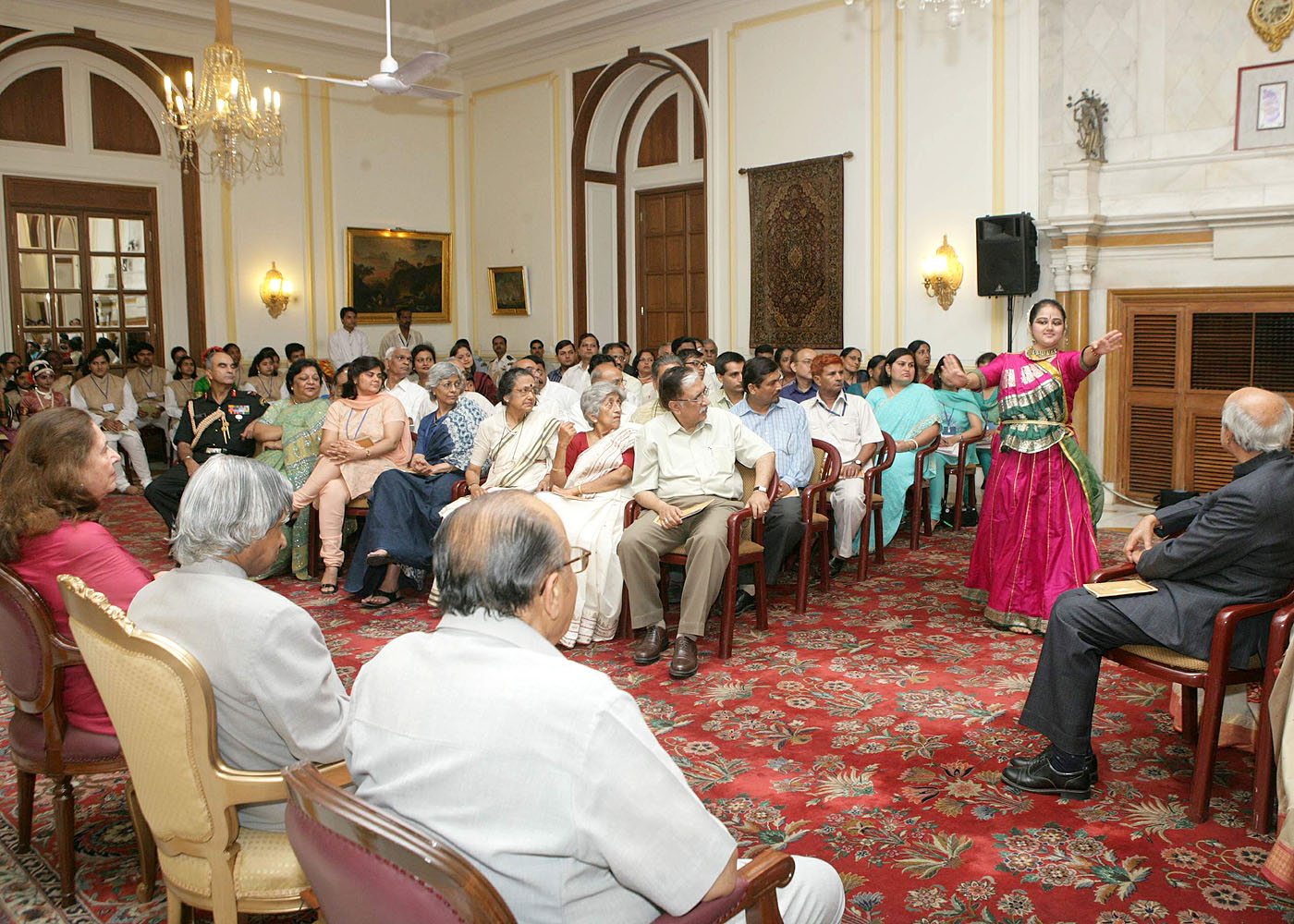

SAKSHAT One Stop Education
Ministry of Human Resource Development has launched an innovative education programme called SAKSHAT (www.sakshat.ac.in). Using the internet this programme facilitates availability of quality content in mathematics, physics and chemistry for class 11 and class 12 students. Effort is also being made to make the programme available in multiple Indian languages. One of the uniqueness of the programme is that the students can directly access the nominated teachers online at prescribed time on any day. This will enable direct contact between the teacher and the student leading to clarification of doubts and difficulties of the students in assimilating the course material. Dear students, I am sure, many of you will find this course very useful while preparing for your examinations. Now, I would like to talk about a few Nobel laureates who could be the role models for our children.
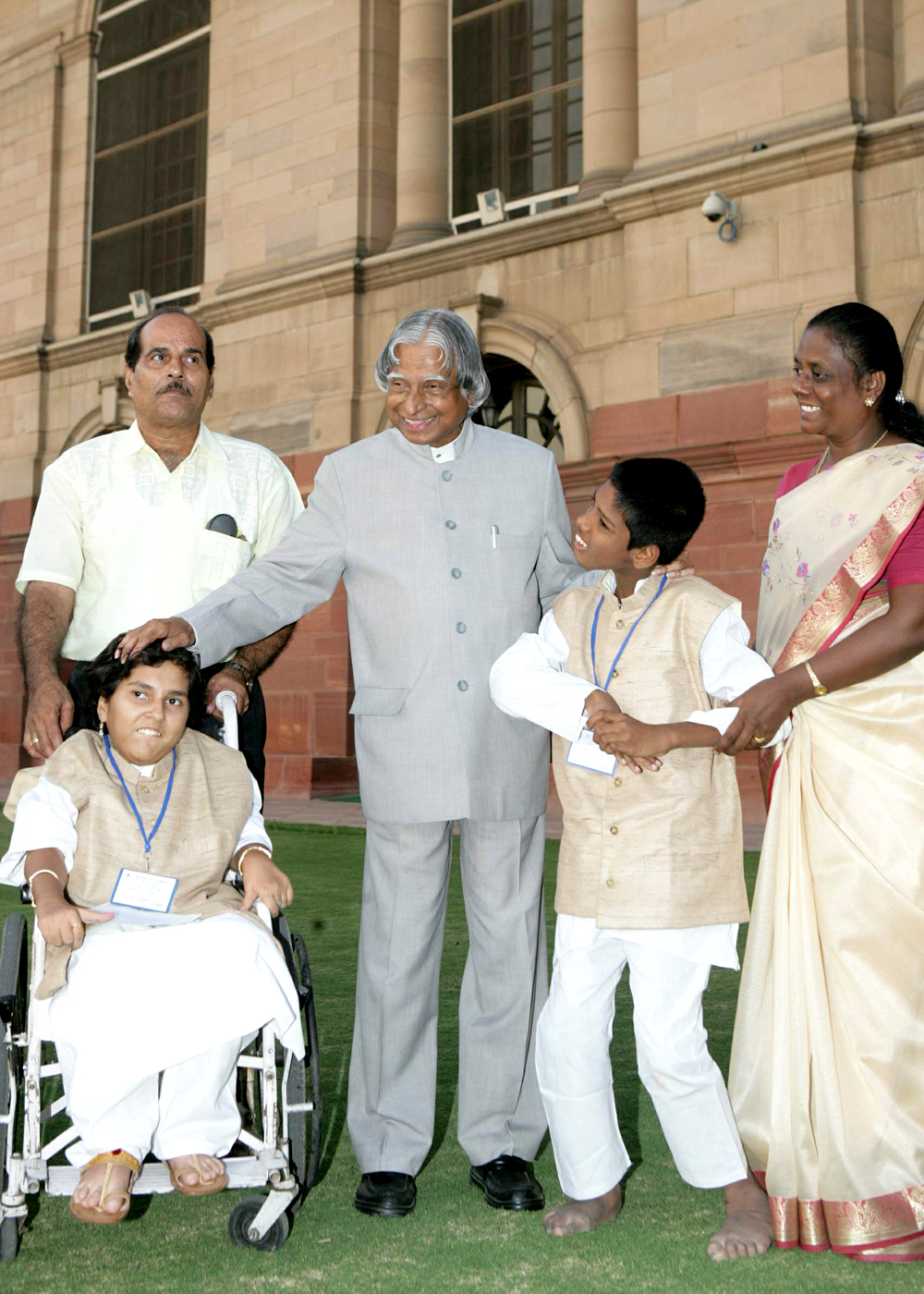

Value to Science
First, I would like to share with you about Sir CV Raman ?a Nobel Laureate in Physics for discovering Raman Effect. Raman gives the view that the color of sky is blue due to molecular diffraction which determines the observed luminosity and in great measures also its color. This led to the birth of the Raman Effect. Raman was in the first batch of Bharat Ratna Award winners. The award ceremony was to take place in the last week of January, soon after the Republic Day celebrations of 1954. The then President Dr. Rajendra Prasad wrote to Raman inviting him to be the personal guest in the Rashtrapati Bhavan, when Raman came to Delhi for the award ceremony. Sir CV Raman wrote a polite letter, regretting his inability to go. Raman had a noble reason for his inability to attend the investiture ceremony. He explained to the President that he was guiding a Ph.D. student and that thesis was positively due by the last day of January. The student was valiantly trying to wrap it all up and Raman felt, he had to be by the side of the research student, see that the thesis was finished, sign the thesis as the guide and then have it submitted. Here was a scientist who gave up the pomp of a glittering ceremony associated with the highest honour, because he felt that his duty required him to be by the side of the student. It is this unique trait of giving value to science students that builds science. Dear Students, you should be fortunate to have such guides. I am sure India will have many such great guides.
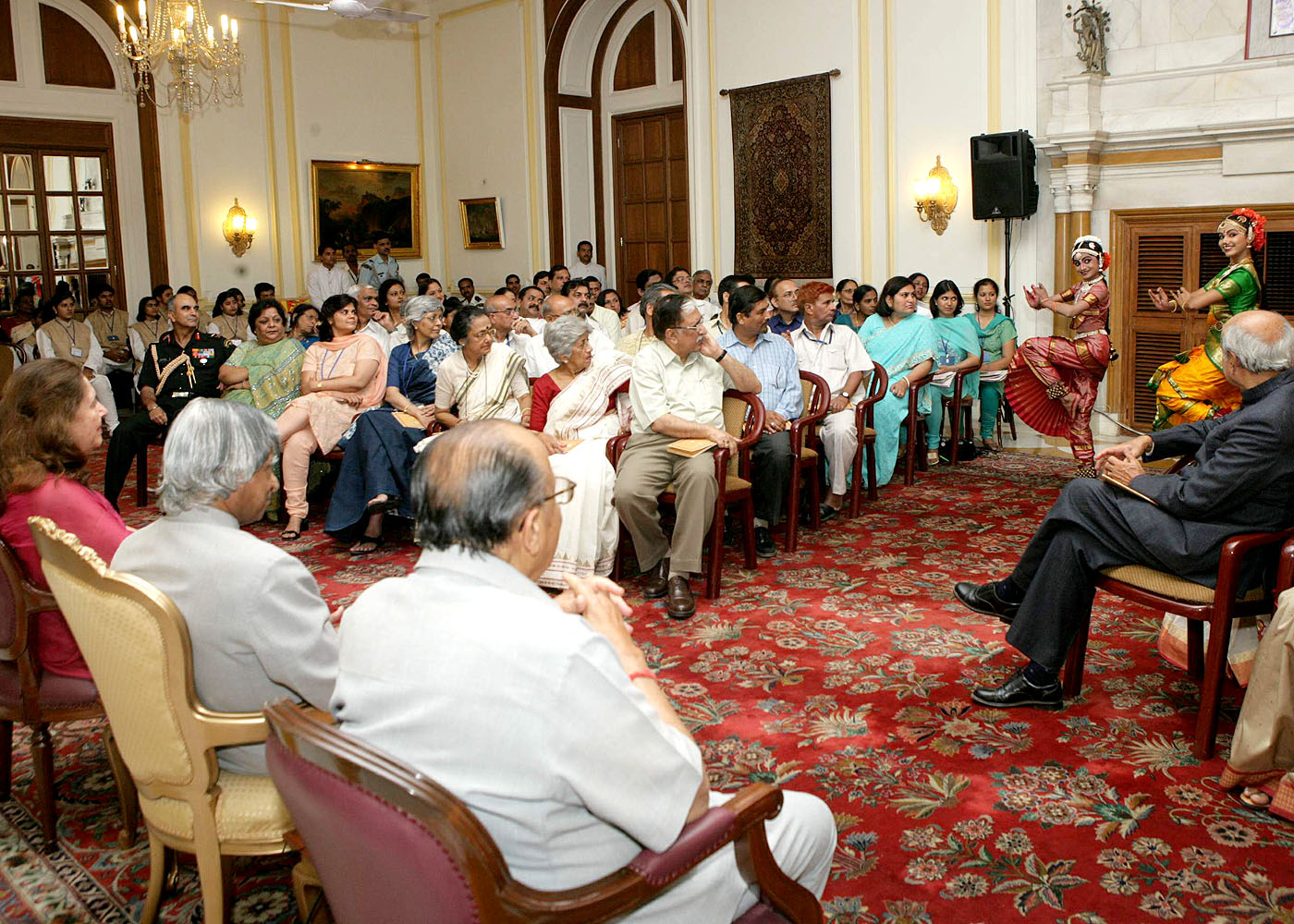
Next, let me highlight how scientific magnanimity is important for the growth of science. In this context, Nobel laureate Norman Borlaug is indeed a good role model.
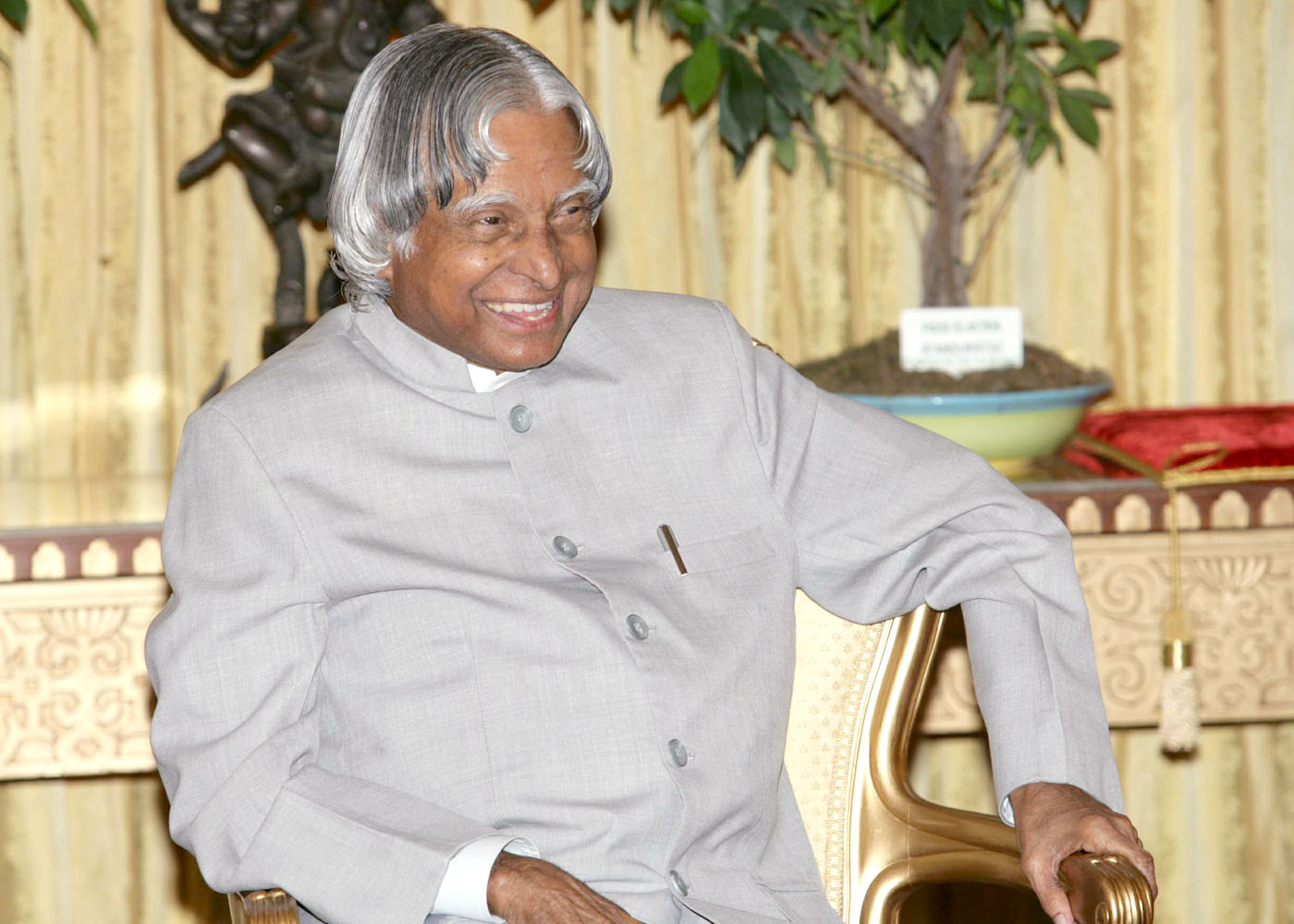

Scientific Magnanimity
Now, I would like to narrate an incident which took place during a function conferring an award named after Dr. M S Swaminathan, to Nobel Laureate Prof. Norman E Borlaug, a well known agricultural scientist and a partner in India?s first Green revolution. The function took place at Vigyan Bhavan on the 15th of March 2005. Prof. Borlaug, at the age of 91, was in the midst of all the praise showered on him from everybody gathered there. When his turn came, he got up and highlighted India?s advancement in the agricultural science and production and said that the political visionary Shri C. Subramaniam and Dr. M S Swaminathan, pioneer in agricultural science were the prime architects of First Green Revolution in India. Even though Prof Norman Borlaug was himself a partner in the first green revolution, he did not make a point on this. He recalled with pride, Dr. Verghese Kurien who ushered White Revolution in India. Then the surprise came. He turned to scientists sitting in the third row, fifth row and eighth row of the audience. He identified Dr. Raja Ram, a wheat specialist, Dr S K Vasal, a maize specialist, Dr. B. R. Barwale, a seed specialist. He said, all these scientists had contributed for India?s green revolution and Asia?s agricultural science. Dr. Borlaug introduced them to the audience by asking them to stand and ensured that the audience cheered and greeted the scientists with great enthusiasm. I have not seen this type of scene anywhere in our country. This action of Dr. Norman Borlaug, I call it as ?Scientific Magnanimity?. Friends, if we aspire to achieve great things in life, we need Scientific Magnanimity to focus the young achievers. It is my experience that great minds and great heart go together. This Scientific Magnanimity will motivate the scientific community and nurture team spirit.
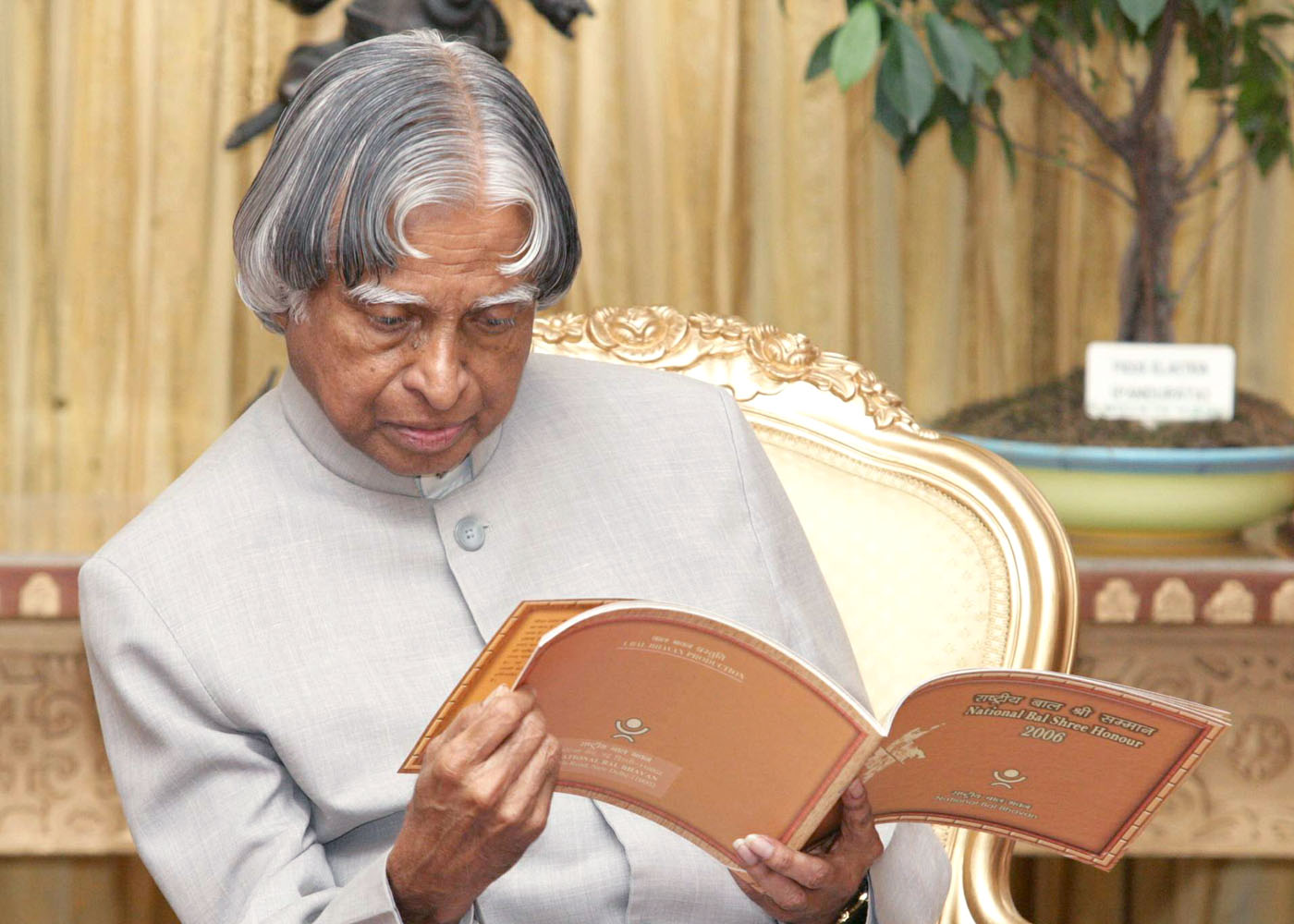

Give till it hurts
Now, let me talk about Mother Teresa, who was an Albanian Roman Catholic nun, founded the Missionaries of Charity and won the Nobel Peace Prize in 1979 for her humanitarian work in India. For over forty years, she ministered to the needs of the poor, sick, orphaned, and dying of Calcutta (Kolkata). As her religious order grew she expanded her ministry to other countries. By the 1970s she had become internationally famed as a humanitarian and advocate for the poor and helpless. I would like to quote a paragraph from her speech which she delivered after receiving the Nobel prize in 1979.
Mother Teresa says, ?and so let us always meet each other with a smile, for the smile is the beginning of love, and once we begin to love each other naturally we want to do something. So you pray for our Sisters and for me and for our Brothers, and for our co-workers that are around the world. That we may remain faithful to the gift of God, to love Him and serve Him in the poor together with you. What we have done we should not have been able to do if you did not share with your prayers, with your gifts, this continual giving. But I don't want you to give me from your abundance, I want that you give me until it hurts.?

Conclusion
To transform India to the developed status which I have described, all the five hundred and forty million youth have to contribute by excelling in every one of their tasks. Let me assure you that determination will lead to success. Dear young friends, let us recite:
"I will succeed"
I will definitely succeed in my life.
Success is powered by mission in life.
Mission in life is powered by three great actions.
Three great actions are acquisition of knowledge, hard work and perseverance.
Knowledge is powered by great teachers and great books.
Hard work is powered by building daily habits.
Perseverance is powered by will power.
Hence, with the three great actions of mind and God?s grace I will definitely succeed.
I am sure if all of you work with this spirit, you will be a great success and we will all definitely see a happy, prosperous, safe and peaceful India well before 2020.
Once again let me congratulate all the Bal Shree award winners and my best wishes to all the members of Bal Bhavan for success in their mission of promoting creativity among our youth.
May God bless you.
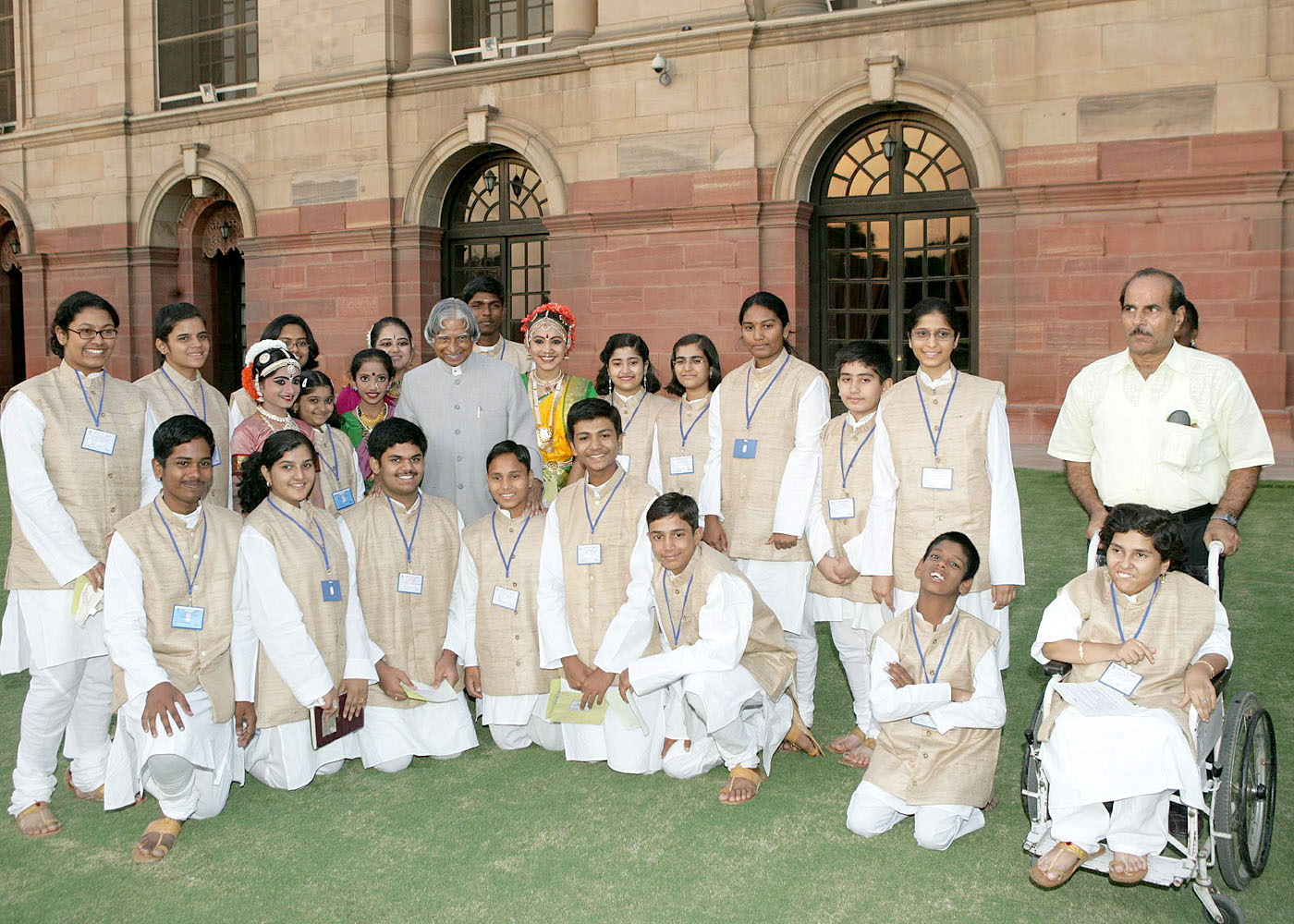
Dr. A. P. J. Abdul Kalam
<<Back
|
|